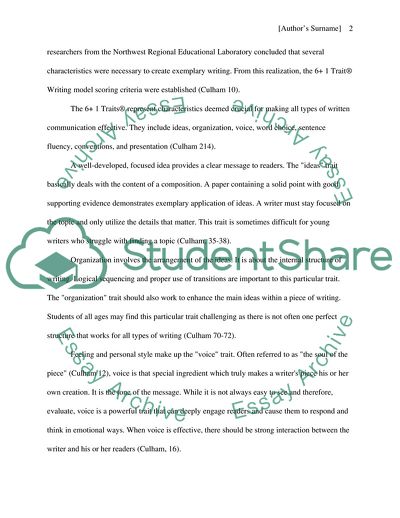Cite this document
(The 6 1 Trait Writing Model Literature review Example | Topics and Well Written Essays - 2250 words, n.d.)
The 6 1 Trait Writing Model Literature review Example | Topics and Well Written Essays - 2250 words. https://studentshare.org/education/1753975-writing-assessments
The 6 1 Trait Writing Model Literature review Example | Topics and Well Written Essays - 2250 words. https://studentshare.org/education/1753975-writing-assessments
(The 6 1 Trait Writing Model Literature Review Example | Topics and Well Written Essays - 2250 Words)
The 6 1 Trait Writing Model Literature Review Example | Topics and Well Written Essays - 2250 Words. https://studentshare.org/education/1753975-writing-assessments.
The 6 1 Trait Writing Model Literature Review Example | Topics and Well Written Essays - 2250 Words. https://studentshare.org/education/1753975-writing-assessments.
“The 6 1 Trait Writing Model Literature Review Example | Topics and Well Written Essays - 2250 Words”. https://studentshare.org/education/1753975-writing-assessments.


